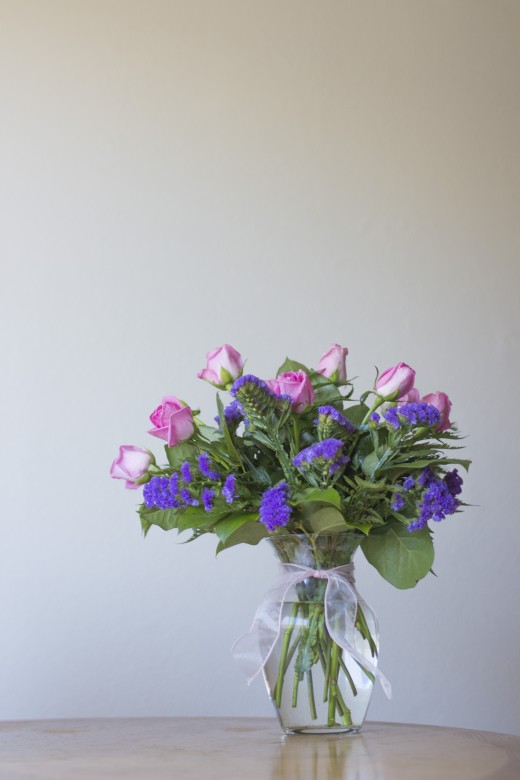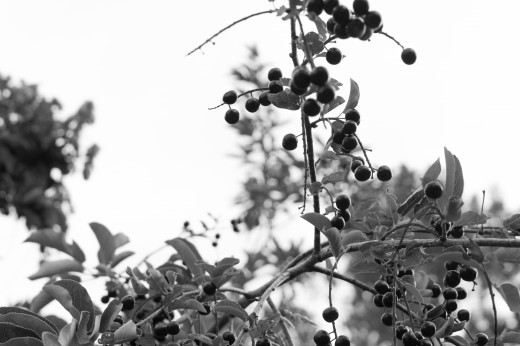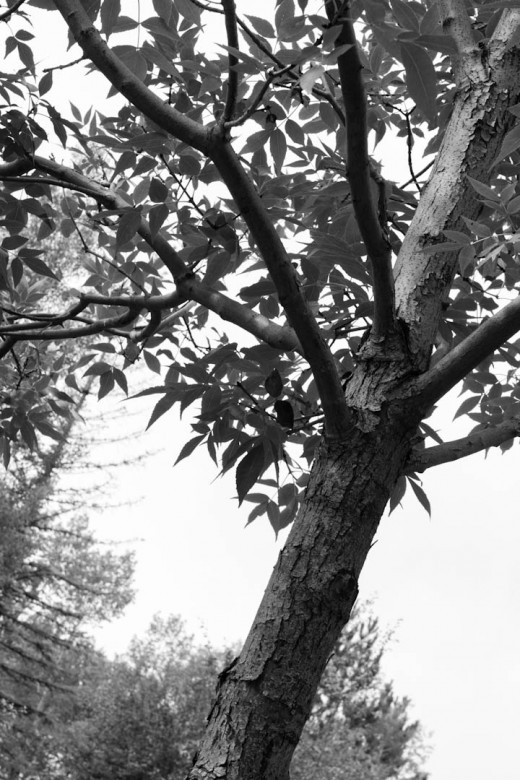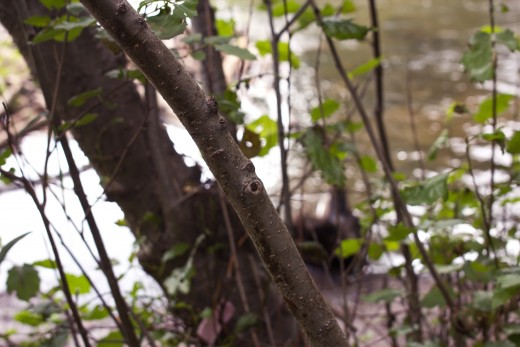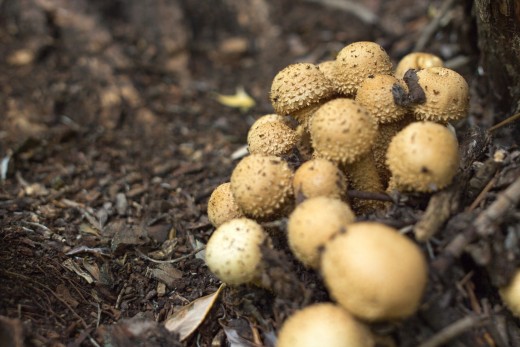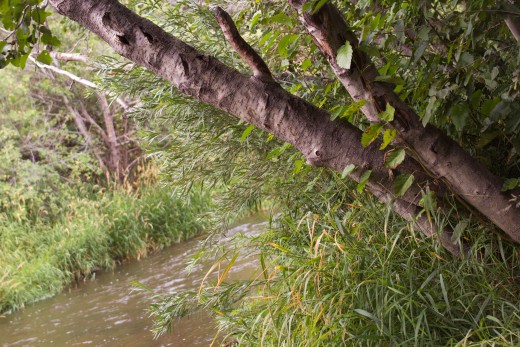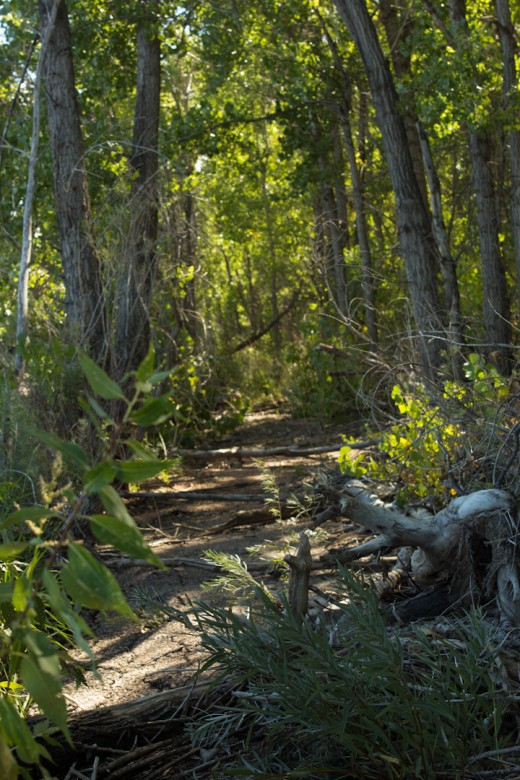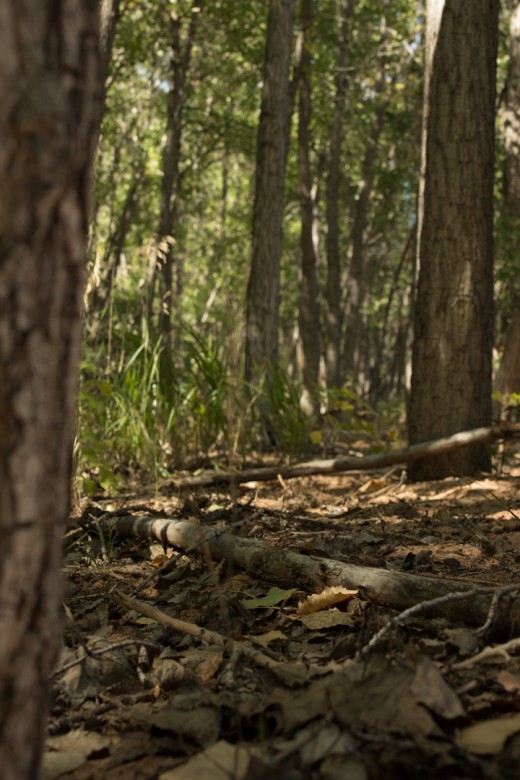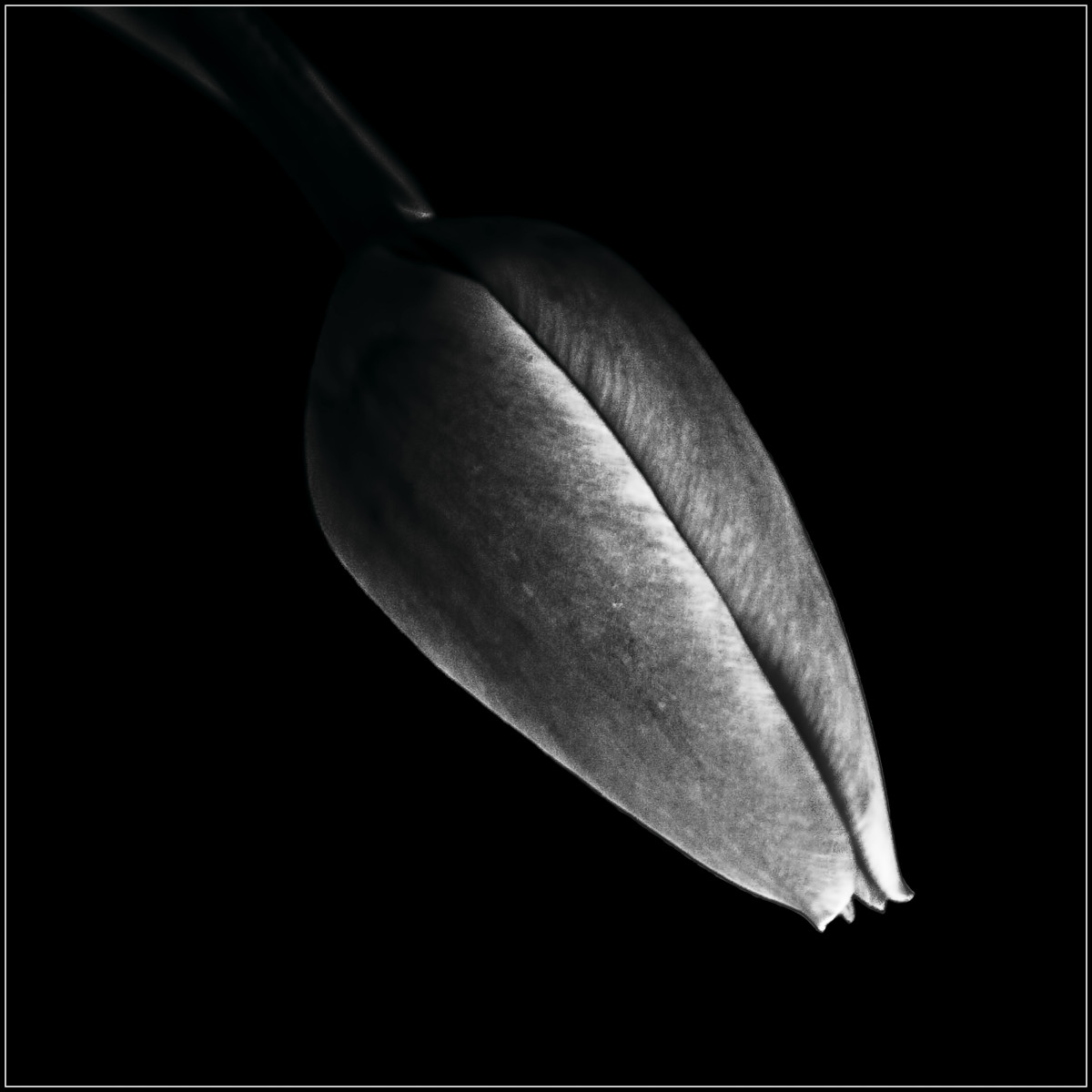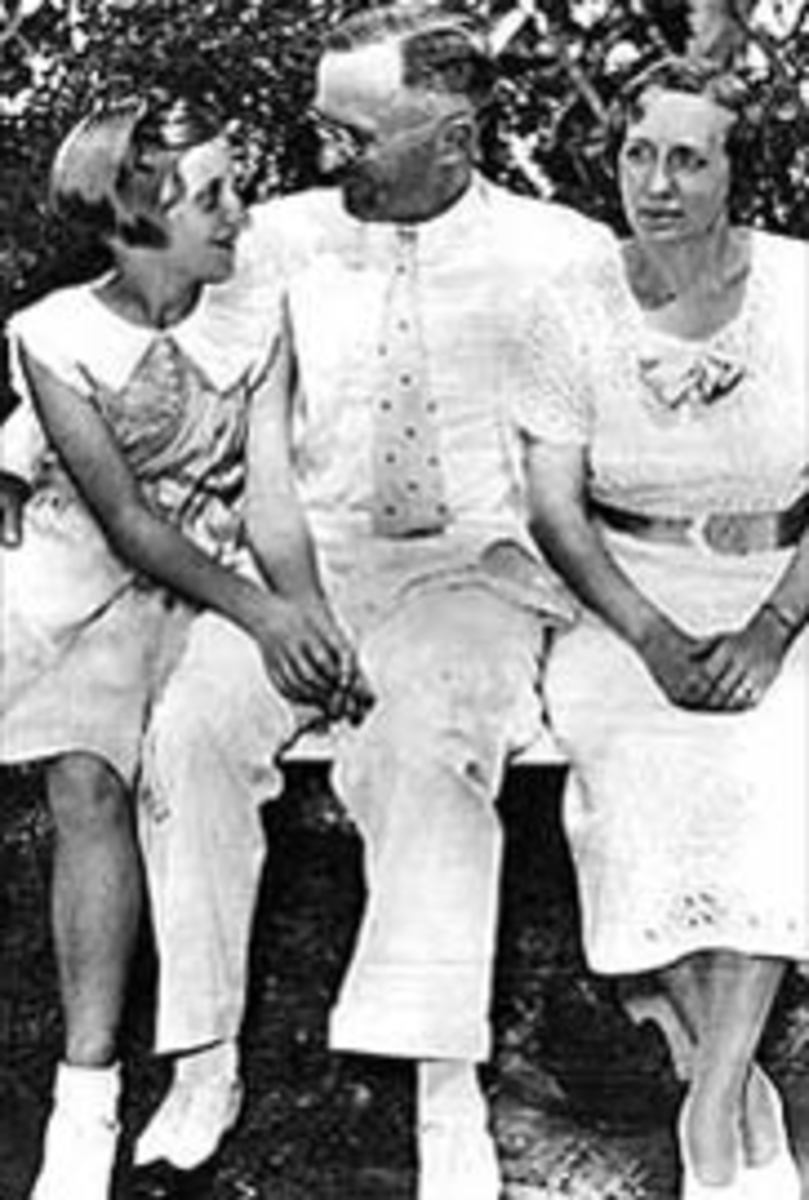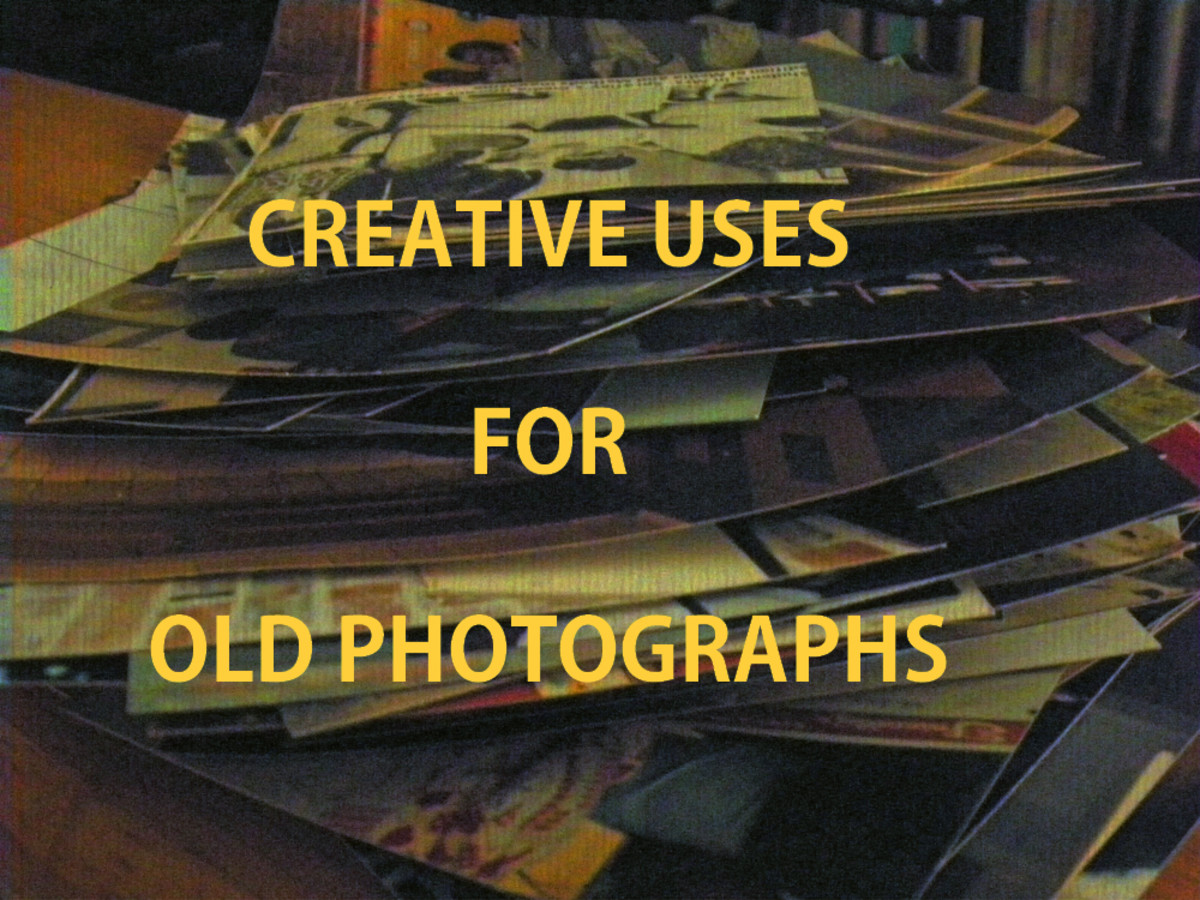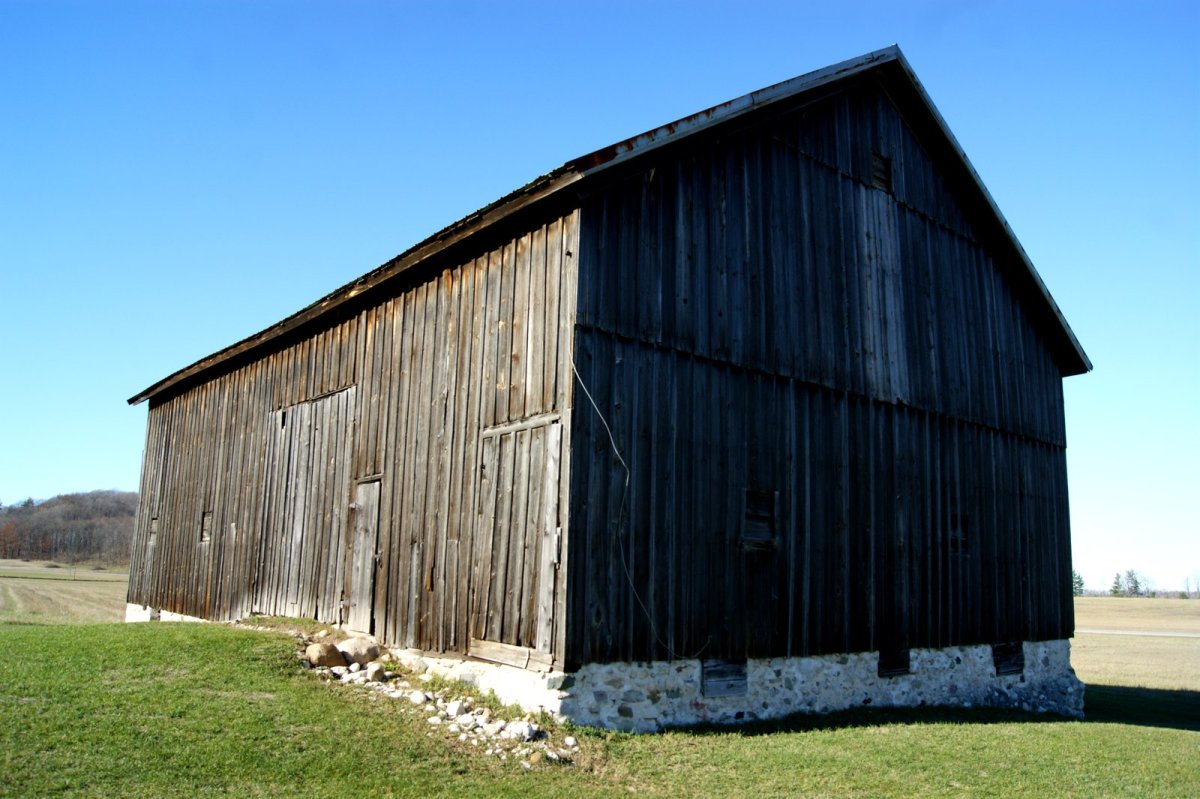How to Take Better Photographs
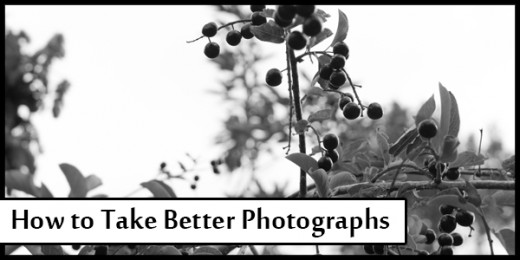
I hesitate to direct anyone on how to create a "better" photograph, as "better" is a highly subjective term. Each person starts on a different level with their photography. Some people start off with an artistic eye that has been honed by taking classes and others find their skills come from paying attention and analyzing each photograph.
However, there are certain elements that go into a good photograph that can be improved on to create a higher quality image. Lighting, composition and technique are three of the main aspects I'll be elaborating on as they are the main focus and details I pay attention to with my own work. Time is the best way to gain experience and better your craft.
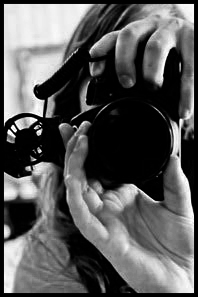
My Photography Journey
I grew up with a love for taking photos. I always would be the one who would take the photos at birthdays and holidays, but I never really got serious about photography or cared about technique or the details until I bought my first DSLR in 2010. It was a refurbished Canon T1i.
At first I felt completely overwhelmed by all the manual controls and possibilities. I installed Magic Lantern (a 3rd party firmware) before I even knew what Aperture was or how to adjust my shutter speed and the likes. This put me off learning how to use my camera. I tried watching video tutorials, but like everything I learn, I only began to learn after doing.
From there I had different experiences that helped me better my craft, such as taking photos at a convention, shooting a wedding and taking family portraits and baby photos. What's the best advice I can give for aspiring photographers? Just go out and shoot, but be active about it. Come back from a photography session and really look at what you can do to create better photos. If you do this, I guarantee you'll be taking photos that are better than your last.
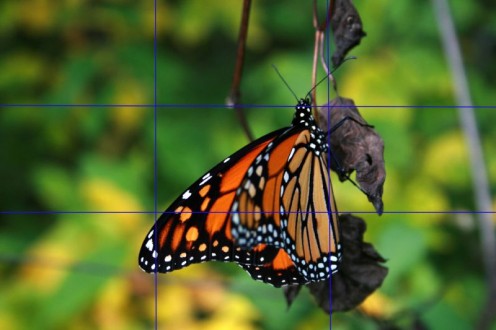
Composition in Photographs
It's safe to assume that one of the most important factor of a photograph is how it is composed. A good and interesting composition can make even the most boring and mundane settings turn into beautiful shot.
One of the easiest ways to compose a shot is by the Rule of Thirds. If you've studied art or film, you're probably familiar with this term. Essentially, it's a rule that tells you where you need to place your subject in frame. It doesn't have to be followed exactly of course, but it does give you a general idea of where to place your subject in the frame.
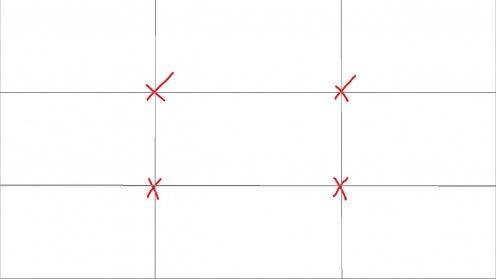
Imagine that your frame is divided into three sections horizontally and vertically. Wherever the lines intersect is where your subject should ideally be. Of course, it doesn't have to be exact, but if you roughly align your center that way, you should find that most of the time you'll have a better composition than positioning your subject elsewhere.
The basic idea of composition is just to create a shot where everything looks and feels like they are positioned well. After a while of shooting you'll gain a sense of what is right and what is wrong, and it will become like second nature to you when framing your shots.
Quick Composition Tips
- Some cameras even have a built in grid overlay that help you position your subject. You can change through the different overlays to pick the right one.
- Diagonal Lines are also very powerful for leading the viewer's eye through the photograph.
- Having a foreground element helps create interest in otherwise normal photos. However, be sure that your foreground element is in focus, otherwise your photograph will look out of focus.
Examples of Interesting Compositions
Click thumbnail to view full-size







Technique in Photographs
Knowing how to work your camera and your gear is definitely an essential part of being a photographer. However, don't think that you have to know all the ins and outs of your camera right away. It's more of a learning process and in time as you explore and experiment, you'll become better.
Know Your Camera and How it Works
Be sure that you know how to change your ISO settings, F-stop and shutter speed. If you've recently just bought a DSLR, spend the time learning what you need to know to be able to take the photos that you want. If you want to focus on sports photography, learn how to use shutter speed. The idea is to not be held back on the technical side so you can focus on the artistic side of photography.
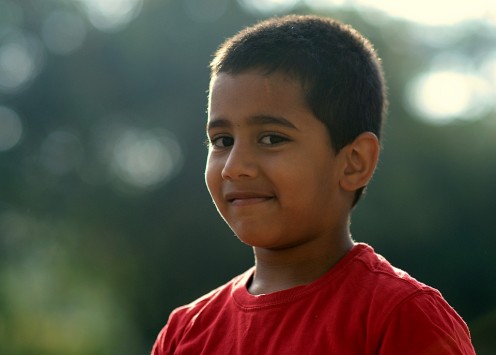
Lighting in Photographs
Having good lighting in your shot is important. There are many techniques for setting up lighting in a studio environment and using natural lighting. A handy way to improve your lighting is to buy a reflector or two. These will allow you to use the light that is already in your environment and reflect them onto your subject to fill in shadows. This will give you a more professional look and help keep the detail in your shadows.
Another great way to improve your photos without spending a lot of money, is to shoot your subject with rim lighting. This is when the outline of a subject is lit with the sun, a lamp or a reflector. If you're doing interview footage or are taking portraits. This is a great way to separate your subject from your background. It adds a little bit of depth and definition to your photo.
What's the Best Way to Improve Your Photography?
Go out and get shooting. Stop dwelling on how to make your photos better and how much better other people's photos are and just go out and shoot. You'll find that over time taking photographs, changing settings and worrying about composition will come naturally. Don't be discouraged if you find yourself with a piece of equipment and don't know how to use it, or you're disappointed in the photos you're getting.
A good photography session or trip will always have one good photo. If I got one really good piece that I can add to my portfolio or one photograph I would be thrilled to present as a gift, I've done well. There may be some locations where you just can't get any good shots. You may even find yourself feeling very inspired by a location. Every place and every person is different. So don't worry if you're having an off day. Those days happen.
After coming back from a photography session, I always like to go through them and see why I didn't like some photos. If you're active and are able to pinpoint what is wrong about a photo, you'll be able to use that knowledge to better your next set of photographs. If you're curious as to how this is done, I wrote a hub about it, which you can find here: How to Find the Keepers in a Photography Session.
© 2013 Noelle

